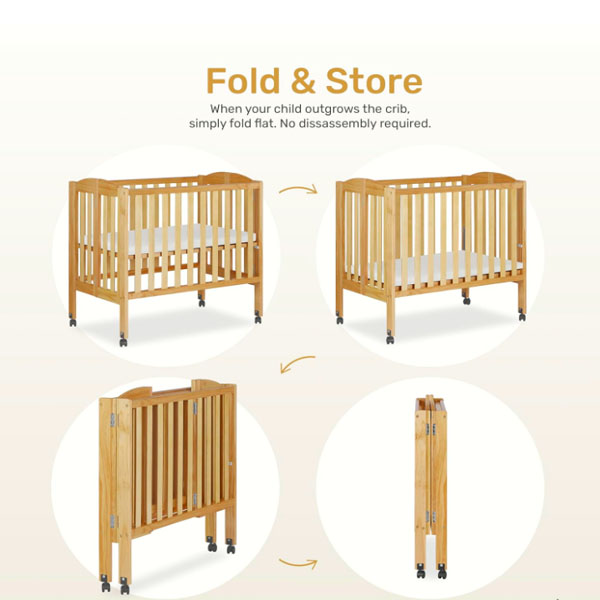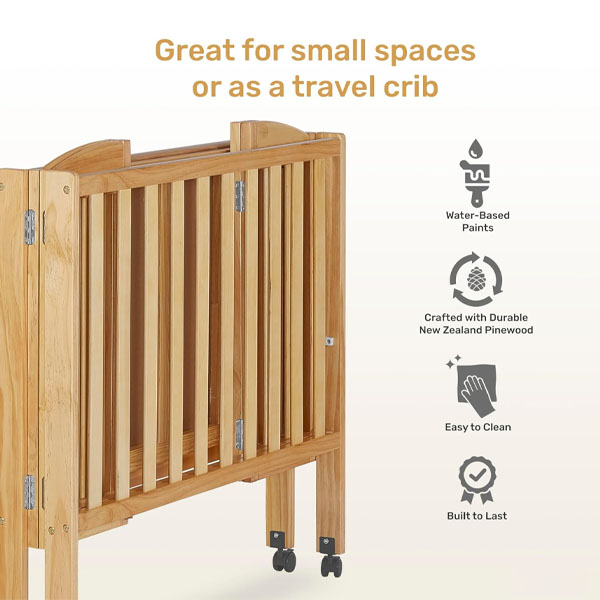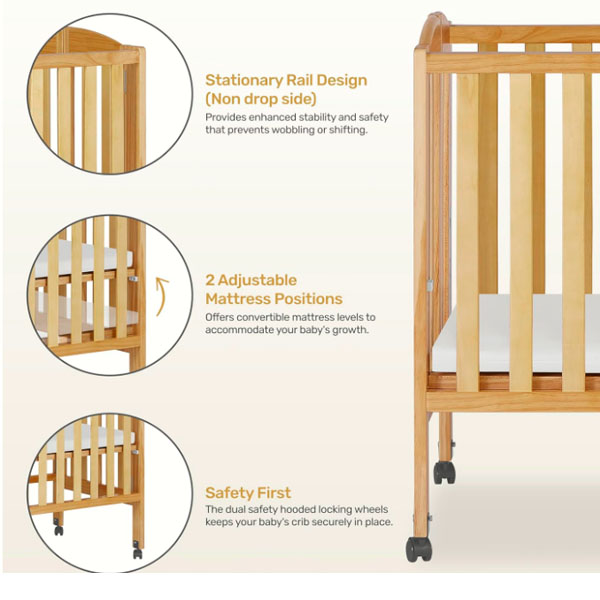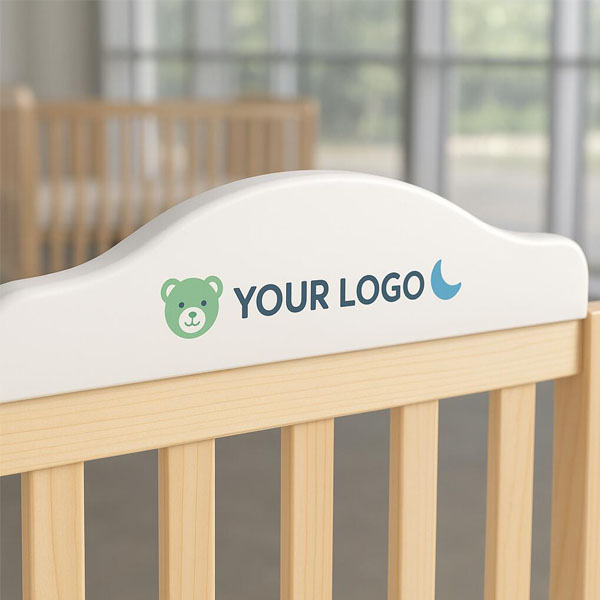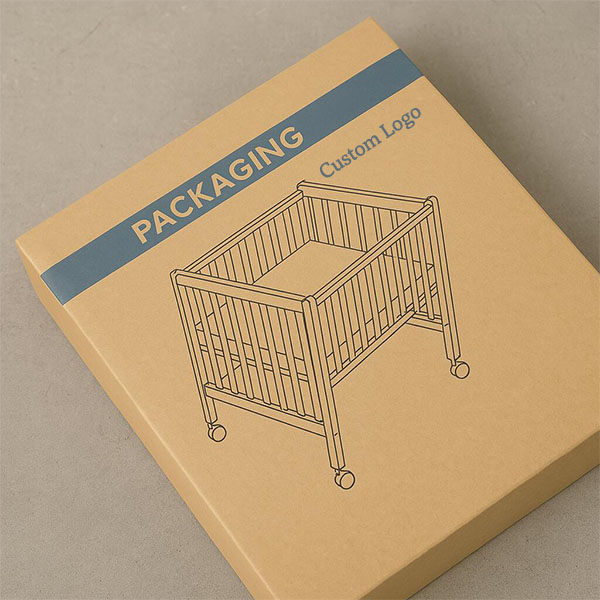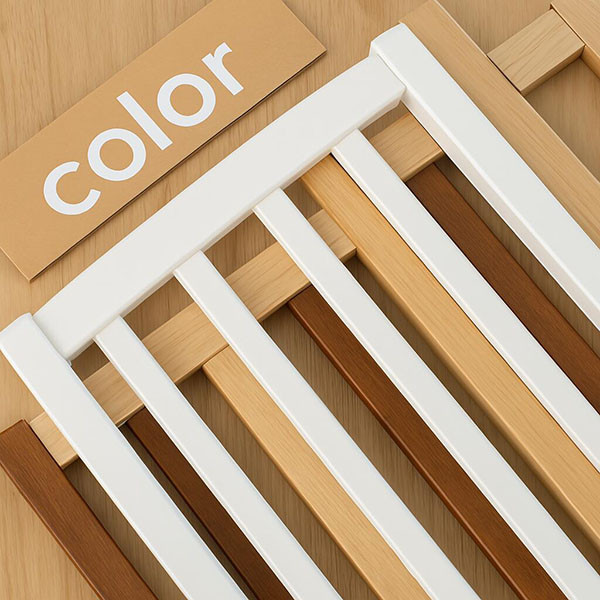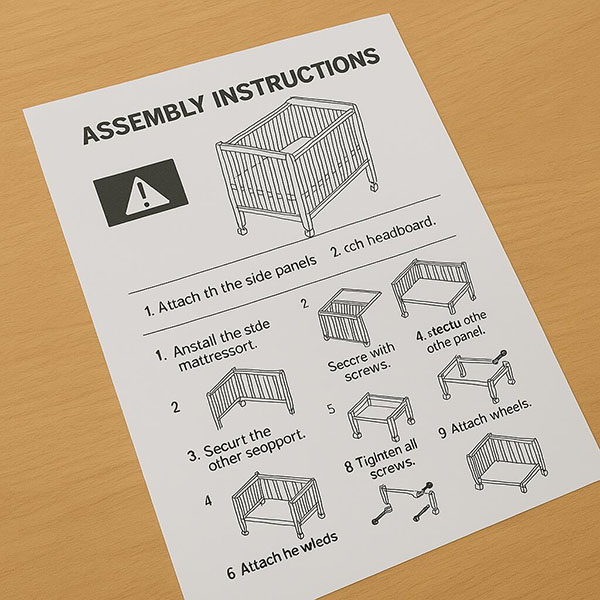Why Are Balance Bikes Considered Superior to Training Wheels for Childhood Development?
You see kids wobbling on bikes with training wheels, struggling to learn. You assume it’s the only way, but you worry about the tears, frustration, and how long the process takes.
Balance bikes are considered superior because they teach the single most important skill first: balance. By removing the pedals and training wheels, children learn core stability and steering intuitively, making the transition to a pedal bike seamless and fear-free.
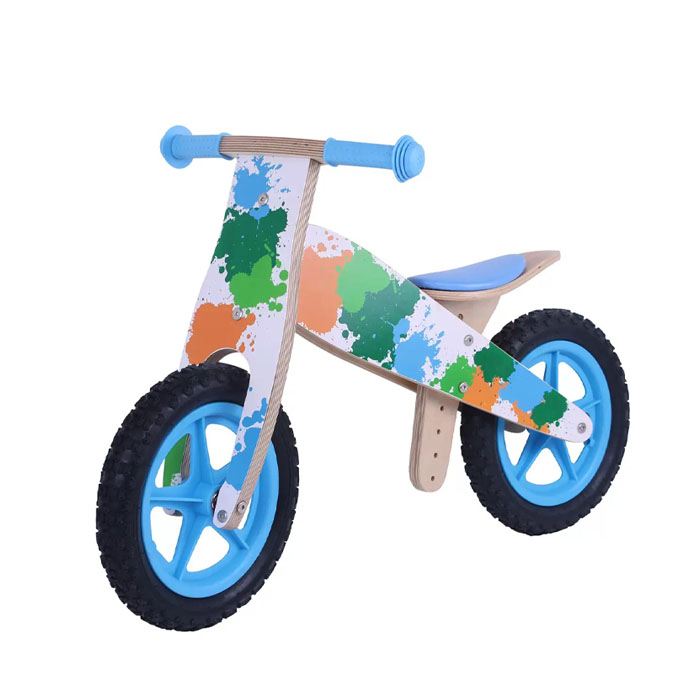
From my experience in this industry, I’ve seen a massive shift in how parents and educators think about teaching kids to ride. The old way—with training wheels—was based on a misunderstanding. It taught pedaling, which is the easy part, while actively preventing a child from learning to balance. It’s like trying to learn to swim while wearing a lifejacket; you never truly feel the water. Balance bikes fix this fundamental flaw. They have become a core product for my B2B clients because they deliver real developmental results, which savvy parents are now actively seeking out.
How do balance bikes improve a child’s motor skills compared to traditional bikes?
You think training wheels are a safe first step. But you notice that when they come off, the real struggle begins. The child has to unlearn bad habits and start from scratch.
Balance bikes directly engage a child’s core muscles and vestibular system. They must use their own body to stay upright, lean into turns, and control their center of gravity, developing essential motor skills that training wheels completely bypass.
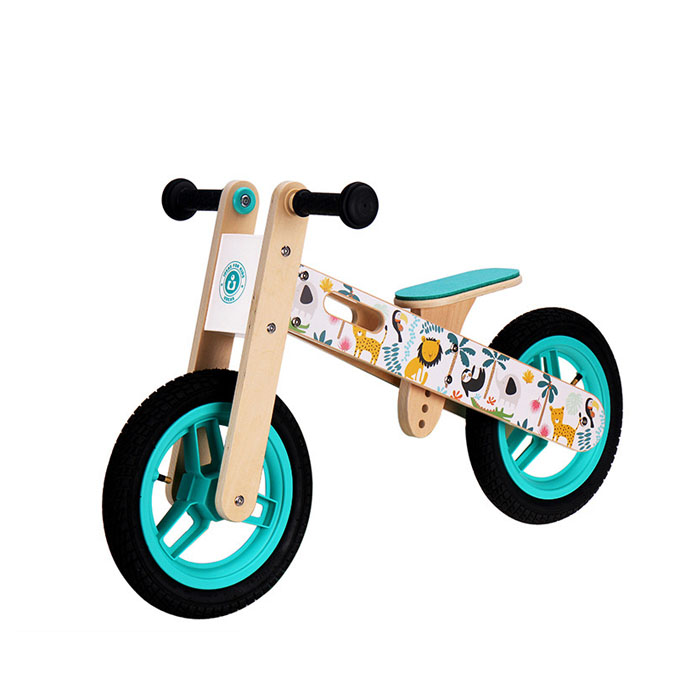
A balance bike is essentially a two-wheeled vehicle without a crutch. This seemingly simple design makes a world of difference for a child’s brain and body. Instead of passively sitting, a child on a balance bike is constantly making tiny adjustments. This process directly stimulates key developmental systems. It’s why you see balance bikes used so often in Montessori and sensory integration programs. They are not just toys; they are development tools. From a manufacturing perspective, we focus on engineering the bike’s geometry to make this learning process as natural as possible. The low center of gravity and lightweight frame encourage kids to experiment safely, building their confidence with every glide.
Skill Development: Balance Bike vs. Training Wheels
| Skill | Balance Bike | Training Wheels |
|---|---|---|
| Balance | Directly Taught | Ignored / Prevented |
| Steering | Intuitive; Lean to Steer | Unnatural; Turn Handlebars Only |
| Coordination | High (Whole Body) | Low (Legs Only) |
| Confidence | Builds Independence | Creates Dependency |
What competitive advantages do balance bikes offer retailers and distributors?
As a retailer, you see the bicycle aisle is crowded and competitive. The margins on traditional kids’ bikes with training wheels are thin, and it’s hard to stand out from big-box stores.
Balance bikes offer a distinct competitive advantage. They are a premium, high-margin category that appeals to educated, modern parents. Their simple design also leads to fewer returns, less assembly effort, and a better overall customer experience.
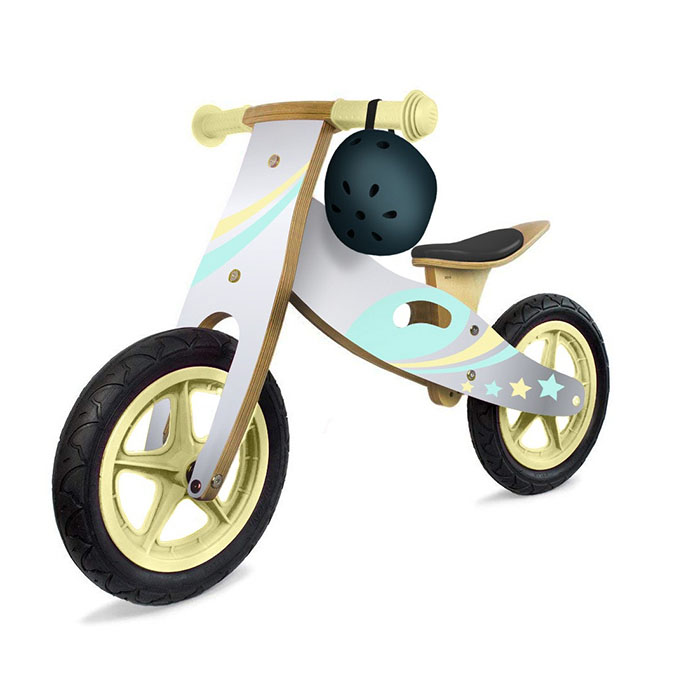
When I talk with my distribution partners, like Sophia in Germany, we don’t just talk about product features. We talk about market strategy. Balance bikes are a strategic product. They create a new, high-value entry point into the cycling category. Parents who invest in a quality balance bike are signaling that they value child development and are willing to pay a premium for it. This creates a halo effect for your store. Furthermore, the product itself is easier to manage. My clients report far fewer customer service issues. There are no chains to fall off, no pedals to break, and no complicated gears. For retailers, this means a straightforward sale, a happy customer, and a product that builds your reputation as a source for quality, developmental toys. You aren’t just selling a bike; you’re selling a better, smarter way for kids to learn.
What manufacturing advantages do balance bikes offer compared to traditional bicycles?
You look at a traditional 12-inch kids’ bike and see a lot of parts. You see a complex supply chain for chains, sprockets, pedals, and braking systems, which all add cost and potential failure points.
Balance bikes have a radically simplified design with far fewer components. This streamlined approach reduces material costs, simplifies the assembly process, and makes passing stringent toy safety certifications like EN71 much more straightforward and faster.
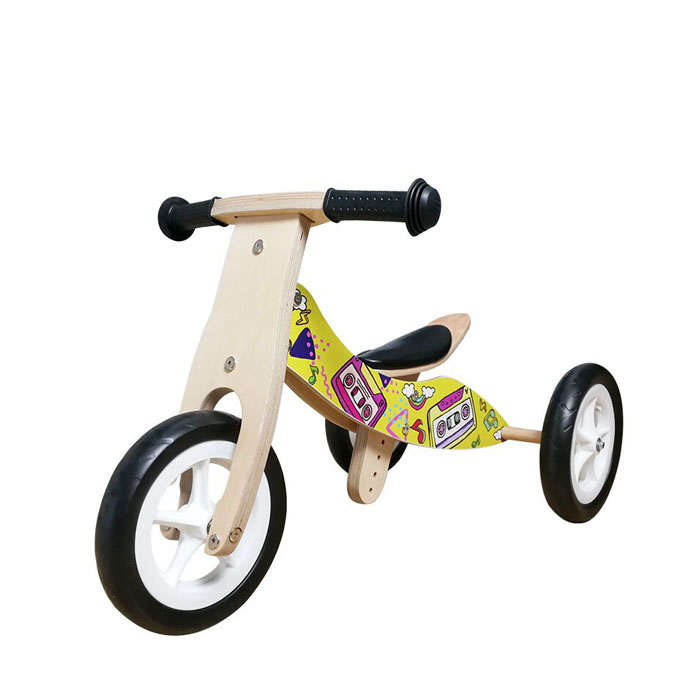
From my factory floor, the difference is night and day. A balance bike is one of the most efficient products we can produce. The beauty is in its simplicity. This efficiency translates directly into benefits for my OEM/ODM clients. The reduced complexity means we can focus our resources on what truly matters: the quality of the frame material, the durability of the non-toxic finish, and the safety of the components. For example, using high-quality birch plywood, as we do, creates a product that is both stronger and more aesthetically appealing than steel, while still being cost-effective to produce at scale. The simplified design also has a huge impact on safety compliance. A balance bike is typically classified as a toy and tested against standards like EN71 or ASTM F963. This is a much simpler process than certifying a traditional bicycle, which can have more complex requirements. This means a faster time-to-market for our wholesale buyers.
Component Comparison
| Component | Balance Bike | 12" Pedal Bike with Training Wheels |
|---|---|---|
| Frame & Fork | Yes | Yes |
| Wheels & Tires | Yes | Yes |
| Handlebar & Seat | Yes | Yes |
| Pedals & Crankset | No | Yes |
| Chain | No | Yes |
| Training Wheels | No | Yes |
Conclusion
Balance bikes are superior because they teach real skills, making kids confident riders. They offer better margins for retailers and are more efficient to manufacture, a clear win for everyone involved.




